
Your cart is currently empty
B Activ® contains the entire spectrum of B vitamins to support adrenal and neurological functions. It features activated forms of vitamins B2, B6, and B12; benfotiamine, the active form of thiamine, and folate.
The water-soluble B vitamins have to be absorbed in the small intestine and then go to the liver where they are biotransformed into their active coenzyme forms. B Activ contains vitamins B1 (thiamine), B2 (riboflavin), B6 (pyridoxine), and B12 (methylcobalamin) in their physiologically-active form making them easier to absorb and “ready for-use.” For example, in patients receiving pyridoxine HCl, only 33 percent responded with an increase in plasma pyridoxal-5’-phosphate (P5P); however, the level increased in all of the patients receiving P5P.
Folate is provided as 5-methyltetrahydrofolate (5-MTHF), which bypasses metabolic steps to folate bioactivity. Despite research showing that folic acid and 5-MTHF have equivalent bioavailability and that supplementation with large doses of folic acid can “force” its conversion to the more active form, 5-MTHF may be the preferred form to replenish folate. This may be especially applicable to those with digestive challenges or genetic variations in folate metabolism. In this formula, 5-MTHF is provided as Quatrefolic—the glucosamine salt of 5-MTHF. In vitro and in vivo studies have proven that Quatrefolic has greater stability, solubility, and bioavailability over calcium salt forms of 5-MTHF. Folate is stored in small amounts in red blood cells (RBC), and RBC folate has been shown to be higher after supplementation with 5-MTHF compared to folic acid and placebo. Likewise, patients given 5 mg of 5-MTHF experienced plasma levels of 5-MTHF 700% greater than patients given folic acid.
Another unique ingredient in this formula is benfotiamine (S-benzoylthiamine O-monophosphate), a safe, fat-soluble analog of thiamine. One study showed that it not only raised blood and tissue levels of thiamine at least five times higher than the water-soluble salt, but it also remained bioavailable after oral administration up to 3.6 times longer than thiamine salt. Benfotiamine is the most potent of a class of thiamine-derived compounds present in small quantities in members of the Allium genus. The superiority of its biological activity compared to thiamine rests in its structure—a thiazole ring opens to allow easy diffusion through a membrane and then closes to become structurally active.
Benfotiamine increases transketolase activity, thereby diverting from three natural, yet destructive metabolic pathways: 1) it decreases the glucose metabolites that lead to the buildup of certain types of detrimental advanced glycation end products (AGEs); 2) it normalizes protein kinase C activity; 3) it protects the retina by preventing the activation of NF-kappaB therein. Research suggests it may also protect the kidneys and endothelial cells. Benfotiamine is useful for replenishing thiamine, this may be especially true in individuals that use the vitamin at a higher rate or in those with lifestyle habits that deplete it.
These statements have not been evaluated by the Food and Drug Administration. This product is not intended to diagnose, treat, cure, or prevent any disease.